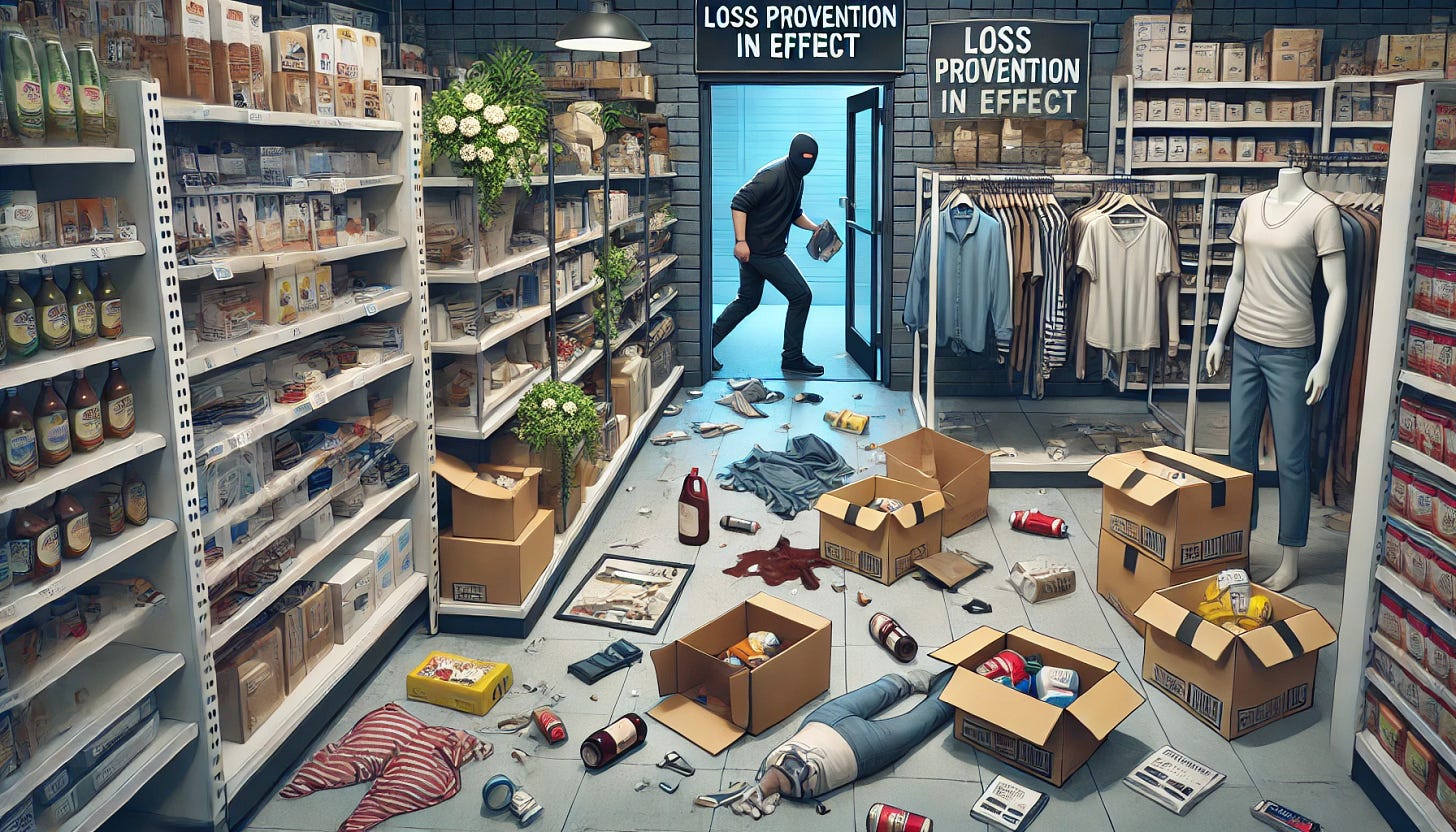Have we hit the complacency stage with retail shrink?
I’m starting to feel like the “inventory shrink” conversation is getting a little….boring. The conversation is everywhere. Retail shrink has evolved from being just an operational concern to a broader issue tied to consumer prices, store closures, and even safety concerns for both employees and customers. In my media diet, it’s all I hear about, but the stories are very similar. While the industry certainly still cares about shrink, the general public, I don’t believe really understands retail.
We hear inflation, supply chains, unemployment, and theft, but what we don’t hear is poor inventory management, poor vendor requirements and inattention to detail. Some thing to consider:
Cost Impact: Shrink ultimately gets passed on to consumers. Retailers often raise prices to compensate for lost inventory, which means the public indirectly pays for shrink. As shrink rates rise, especially due to organized retail crime, it affects the cost of goods, which can resonate with consumers already grappling with inflation.
Store Closures and Limited Access: When shrink becomes unmanageable, some retailers respond by closing stores, particularly in high-theft areas. This affects communities, reducing access to goods and services and contributing to economic challenges in those areas. People care about losing their local stores, even if they're not fully aware that shrink is a contributing factor.
Safety Concerns: Retail theft has escalated to more violent incidents in some cases, and that has drawn more attention from the public. When store employees or customers are caught in the middle of theft or violence, it raises broader concerns about safety in retail spaces, making it a public issue.
Industry Response and Legislation: The increased focus on legislation to address organized retail crime shows that the issue is becoming more than something retailers “just live with.” Efforts like NRF’s “Fight Retail Crime Day” are designed to bring public attention to the real costs and dangers of shrink-related crime, pushing for solutions beyond the industry.
So, while the day-to-day losses from shrink might not be something people think about regularly, its wider consequences—price increases, reduced access, and safety risks—are definitely things people should care about, whether they realize it or not. The shift toward viewing shrink as part of a larger issue of retail crime and safety reflects the need to tackle it more urgently.
But are we becoming numb to it?
Shrink continues to be a recurring topic in retail earnings calls, though its prominence varies by company and time period. In recent earnings calls, retailers like Target, Dick’s Sporting Goods, and others have discussed shrink as a key pressure on margins. Target, for example, linked shrink to store closures, citing theft and organized crime as major contributors. Similarly, Dick’s Sporting Goods reported that elevated shrink hurt their profits during the second quarter of 2024.
However, a detailed analysis indicates that while shrink is often mentioned, it’s not always quantified clearly, and retailers tend to overemphasize theft as a cause. The broader definition of shrink includes not only theft but also employee mistakes, product spoilage, and operational inefficiencies. As competition intensifies and margins shrink, this issue remains relevant, but retailers are increasingly shifting the conversation towards theft-driven shrink to push for legislation and operational adjustments.
Over the past few quarters, some major retailers have addressed retail shrink during their earnings calls, but it's not consistently emphasized across the board. Target's recent Q2 2024 earnings call is a good example. The company mentioned that reduced shrink improved its gross margins, providing a notable financial benefit. However, Target acknowledged that while it is seeing progress, bringing shrink down to manageable levels remains a challenge given the steep increases in recent years. They also came out with a unique approach to combating the issue: Shutting it down all together. Target recently announced the closure of nine stores across four states, citing theft, organized retail crime, and safety concerns as the primary reasons. The company emphasized that these stores were facing significant operational challenges due to crime, despite efforts to increase security measures. The closures, set for October 21, 2024, reflect the difficulty retailers face balancing theft prevention and safety for employees and customers. While the closures represent a small fraction of Target's overall footprint, they highlight the growing impact of retail crime on business operations.
The focus on shrink varies significantly across retailers. Many companies mention it because it impacts profitability, especially amid rising theft and operational costs. However, in a broader review of recent earnings calls, fewer than a third of large retailers explicitly mentioned shrink. Those that do often address it in the context of profitability, supply chain pressures, or operational strategies, showing that while it is on their radar, it isn't always a top priority during investor updates.





